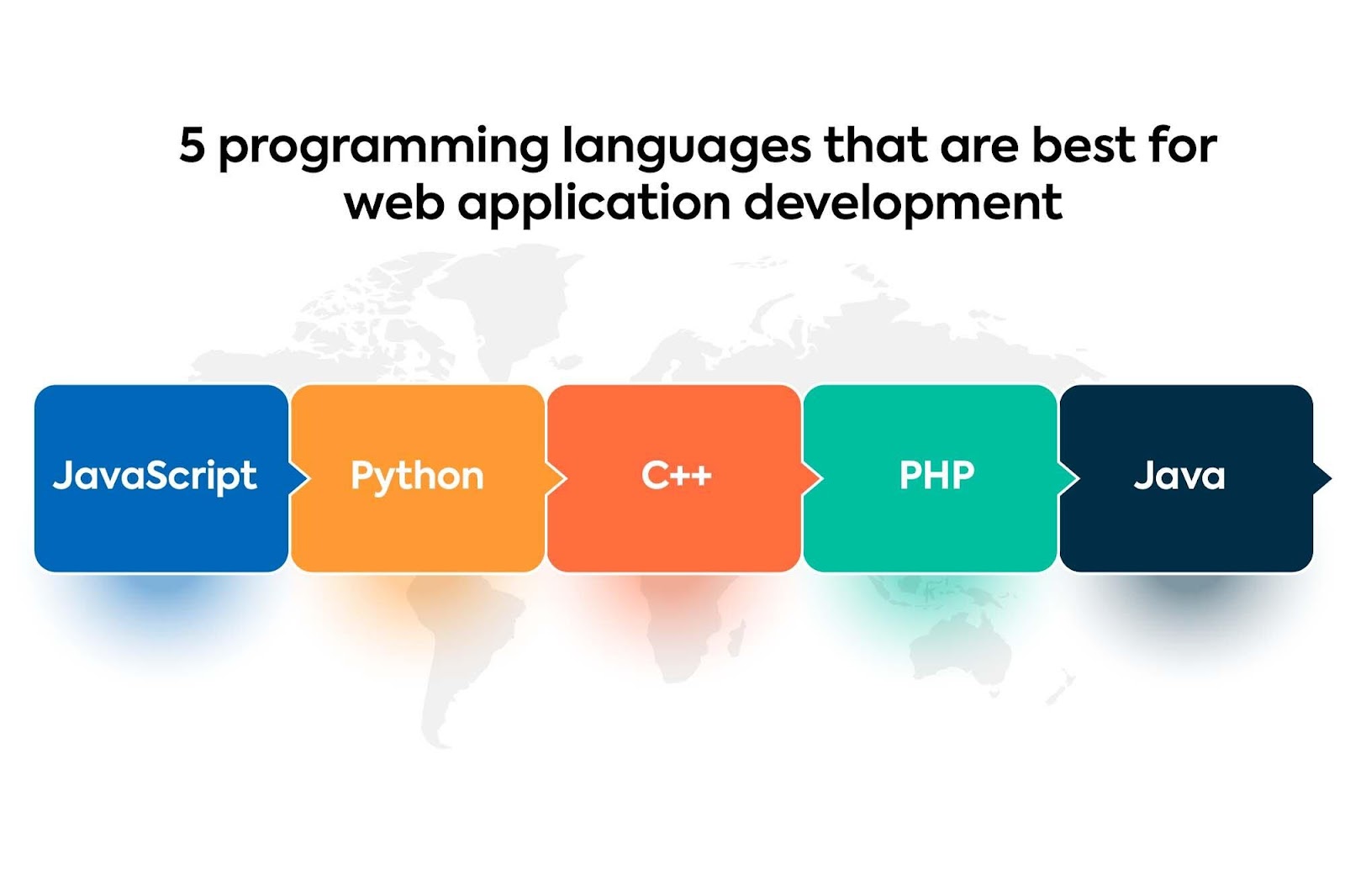A website is a domain that contains various information regarding a subject, however it is necessary to know about the types of websites that currently exist.
Institutional or business
These are websites intended to publicize a brand or venture, carry out commercial activities through it or even provide users with information regarding the institution or business.
The most common is that within these websites basic information is obtained regarding the company and the products or services it sells, also including points such as the mission and vision of the organization, its values, trajectory, personnel that compose it, physical address , contact forms and more.
In many cases, these websites may contain shopping carts so that you can purchase your products or services online, however it is not a mandatory condition.

Personal or portfolios
Personal or portfolio type websites are usually independent, that is, they are created to meet the needs of a person either professionally or personally.
In this sense, personal or portfolio websites allow their owners to show what they want about them, such as their resume, career, work or projects and more.
Microsites
Microsites are usually an intermediate point between a landing page and an institutional or business website, since they basically offer information about certain products or advertising campaigns, usually in a certain period of time.
Blogging
Blogs are similar to digital diaries or spaces in which people share what they want, such as their thoughts, feelings, ideas, and more. Although they are not usually linked to companies or ventures, they are currently used as an inbounding strategy.
Educational
Educational websites are digital spaces created to promote learning, so that information is shared through them that can help generate knowledge among the users who visit it.
Electronic commerce
These are websites specialized in online shopping, so any company or business is no longer tied to a physical establishment but can make its sales or rentals through a website.
Although business websites can also choose to incorporate the electronic commerce option, there are others that are exclusively for their own marketing or for third parties.
That is, there are websites that are designed to manage the sales of other users who register on the page, creating a community of buyers and sellers.
Website
These sites are designed to collect information from various places, showing users a compendium that can meet the needs of frequent Internet users.
In this sense, these sites usually use publications of original articles and third parties, free of rights, to generate a compendium on a certain subject.
News or magazine
As its name indicates, this type of website focuses its activities on offering digital pensions of what are newspapers, magazines and newscasts in the real world. Thus, it is possible to bring users relevant information, see, useful and entertaining, without the need to resort to print media or traditional media.
Wiki or community forums
They are collaborative spaces in which people can participate, offering debates, discussions or sharing information regarding a particular topic.
The formation of communities or Wiki, is aimed at bringing together in a single site various users with common interests, who wish to update themselves on a certain topic, clarify doubts, share information or simply express their opinion.
For example, you can find various types of communities on the Internet such as those used by gamers, in which users who are fans of a certain video game gather to discuss it, share their opinion, tricks, strategies and more.
Social networks
These are websites specialized in providing spaces for each user, in sharing part with their followers or contacts. Thus, this particular type of website interconnects users through the internet, allowing them to complement their social life in the real world with the digital one.
Leave a Comment





